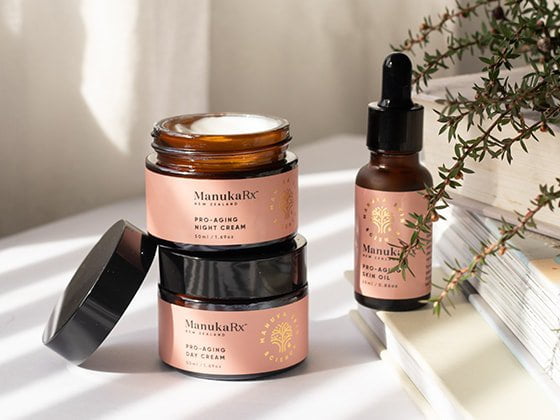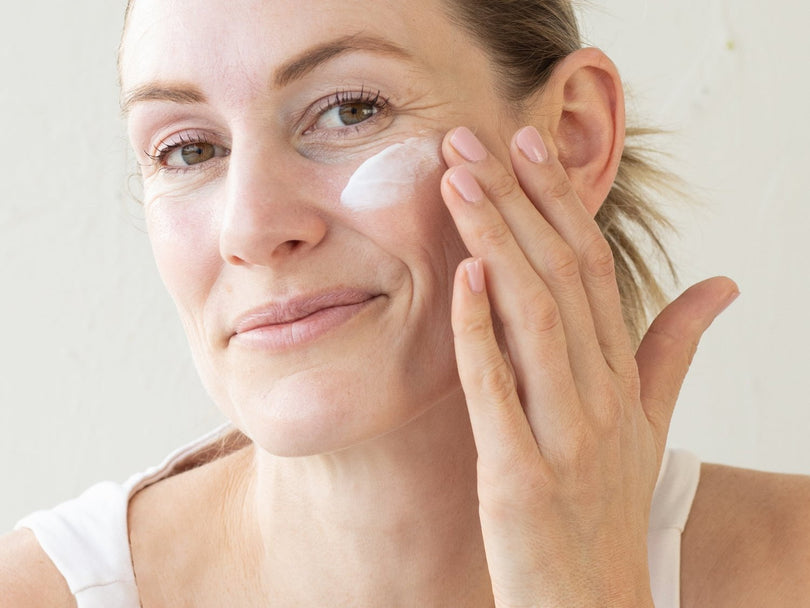Uneven skin tone is a common concern that can affect anyone, resulting from a variety of factors including sun exposure, hormonal changes, and skin aging. Here’s a comprehensive guide to achieving a more even skin tone and improving skin health.
Understanding Uneven Skin Tone
Uneven skin tone, or hyperpigmentation, occurs when areas of the skin become darker than the surrounding skin due to excess melanin production. This can result from sun damage, hormonal changes, post-inflammatory hyperpigmentation from acne, and other factors.
Primary Causes of Hyperpigmentation
1. Sun Exposure
Excessive exposure to UV rays from the sun is the most common cause of uneven skin tone. Unprotected sun exposure triggers melanin production in an effort to protect the skin from damage, leading to dark spots, freckles, and areas of discolouration known as sun spots.
2. Post-Inflammatory Hyperpigmentation (PIH)
After skin trauma or inflammation, such as acne, eczema, or injury, the skin can produce excess melanin in response, resulting in dark patches or spots where the inflammation occurred. This is particularly common in people with skin prone to breakouts and blemishes.

3. Hormonal Changes
Hormonal fluctuations due to pregnancy, birth control pills, or menopause can lead to melasma, a condition where brown or grey-brown patches appear on the face. Increased hormone stimulation can cause an overproduction of melanin, leading to an uneven skin tone.
4. Aging
As we age, the skin's ability to regenerate diminishes, and age spots (also known as liver spots) become more prominent. These dark spots are caused by a lifetime of UV exposure and are more noticeable on areas like the face.
5. Environmental Factors
Air pollution, toxins, and other environmental factors can also lead to uneven skin tone. Pollution can damage the skin's protective barrier, causing inflammation and skin discolouration.
6. Dry Skin
Dry skin can accentuate uneven skin tone by making skin look dull and flaky. When the skin is not properly hydrated, it can lead to the accumulation of dead skin cells, which causes patches of uneven tone and texture.
7. Genetics
Some people are genetically predisposed to develop uneven skin tone. Certain skin types are more likely to produce excess melanin, particularly in response to sun exposure, hormones, or skin inflammation.
8. Use of Harsh Skincare Products
Overuse or improper use of harsh skincare products (like strong acids or exfoliants) can strip the skin’s natural barrier and lead to irritation, further contributing to uneven skin texture and pigmentation issues.
9. Scarring
Scars from acne, injuries, or skin treatments can lead to uneven pigmentation, particularly in individuals with darker skin tones where the skin tends to produce more melanin during the healing process.
10. Lifestyle Factors
Factors like smoking, lack of sleep, poor diet, and stress can all negatively affect overall skin health and contribute to uneven skin tone by impairing the skin's ability to repair itself.
By maintaining a thorough skincare routine and seeking treatment for hormonal imbalances, you can help reduce the appearance of uneven skin tone.
10 Steps to Achieve an Even Skin Tone
1. Exfoliate Regularly to Remove Dead Skin Cells
Exfoliation helps remove dead skin cells that can make your skin look dull and uneven. Using types of exfoliants with glycolic acid or salicylic acid can promote cell turnover and improve skin texture, leading to a more even skin tone.

2. Use Sunscreen Daily
Sun exposure is a major cause of uneven skin tone. Wearing sunscreen with broad-spectrum SPF protects your skin from harmful UV rays, preventing sun damage and excessive melanin production. Make it a habit to apply sunscreen every day, even on cloudy days.
3. Incorporate Topical Treatments
Topical treatments like vitamin C, kojic acid, azelaic acid, and activated charcoal can help reduce dark spots and hyperpigmentation. These ingredients work by controlling melanin production and brightening the skin.
4. Hydrate and Moisturise
Keeping your skin hydrated is essential for maintaining a healthy skin barrier. Use a moisturiser suitable for your skin type to prevent dry patches and enhance skin health. Ingredients like zinc glycinate and green tea can help soothe and protect the skin.
5. Try Chemical Peels to Treat Uneven Skin Texture
Professional chemical peels are effective in treating uneven skin tone by removing the outer layer of dead skin cells and stimulating new cell growth. They can address issues like sun spots, age spots, and acne scars, resulting in a more even skin tone.
6. Manage Sun Exposure
Limiting unprotected sun exposure is crucial. Wear protective clothing, hats, and sunglasses, and seek shade whenever possible to avoid UV damage that can lead to skin discolouration.
7. Use Antioxidants
Incorporating antioxidants into your skincare routine can protect your skin from damage caused by free radicals and pollution. Natural ingredients like kakadu plum and green tea are excellent choices that can improve skin health and reduce the appearance of dark patches.
8. Treat Underlying Conditions
Conditions like melasma and post-inflammatory hyperpigmentation require targeted treatments. Consulting a dermatologist can help you find the right approach, whether it's prescription-strength topical treatments or professional procedures.
9. Opt for Home Remedies
Home remedies like using aloe vera, honey, and turmeric can provide gentle, natural solutions for improving skin tone. These ingredients can help soothe the skin and reduce redness and discolouration.
10. Consider Professional Treatments
For more stubborn cases of uneven skin tone, professional treatments such as laser therapy, microdermabrasion, and intense pulsed light (IPL) can be effective. These treatments should be performed by a qualified dermatologist.

Maintaining Healthy Skin
Achieving an even skin tone is not only about treating discolouration but also about maintaining overall skin health. Follow these tips for healthier skin:
- Avoid excessive sun exposure: Protect your skin from UV light to prevent damage.
- Wear sunscreen daily: A broad-spectrum SPF is essential.
- Exfoliate gently: Promote cell turnover without irritating the skin.
- Hydrate regularly: Keep your skin moisturised to maintain a strong barrier.
- Use antioxidants: Protect your skin from environmental damage.
- Follow a consistent skincare routine: Tailor your routine to your skin type and needs.
ManukaRx Products for Uneven Skin Tone
Fixing uneven skin tone involves a combination of protective measures, topical treatments, and maintaining healthy skin. By understanding the factors that cause hyperpigmentation and using the right products and practices, you can achieve a more even, radiant complexion.
ManukaRx has a range of products that can create a more even skin tone. Check out our Skin Brightening Vitamin C Serum to get started on your journey.






